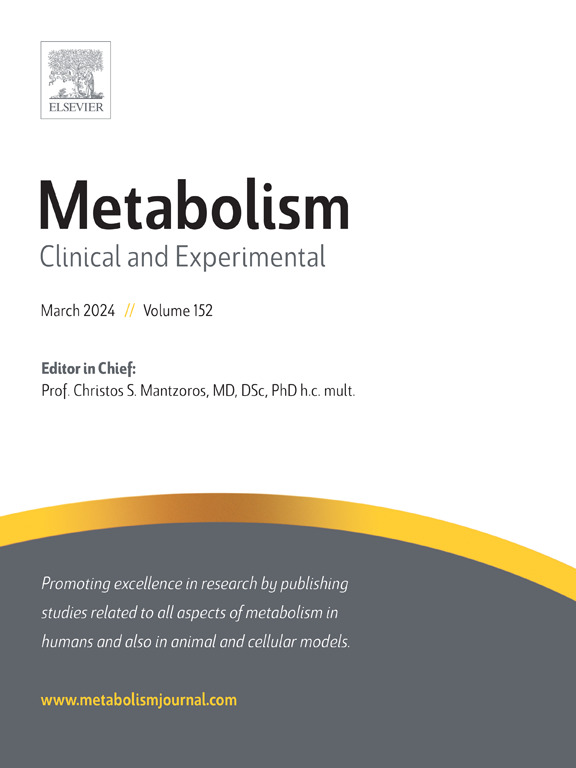Prevention of insulin-induced lipohypertrophy by coadministration of a low dose of high-affinity PI3K inhibitors
IF 10.8
1区 医学
Q1 ENDOCRINOLOGY & METABOLISM
引用次数: 0
Abstract
Background
Insulin-induced lipohypertrophy (ILH) is the most frequent injection site side effect of insulin therapy. ILH consists of local adipose tissue overgrowth at the insulin injection site that eventually progresses to lipoma-like masses of a relatively large size, causing discomfort and disfiguration. Insulin injection into ILH areas delays insulin delivery, and the presence of ILH is associated with poor glycemic control and more frequent hypoglycemic events. Although, in principle, the development of ILH can be minimized by avoiding injecting insulin in the same spot, in practice, ILH remains highly prevalent. So far, no molecular mechanism for ILH has been proposed.
Methods
We screened a panel of PI3K inhibitors with different specificities for their capacity to reduce insulin signaling and growth of human primary adipocytes exposed to pharmacological doses of insulin. The two most effective inhibitors from the screening above were investigated in an in-vivo model of ILH.
Results
We identified PI3K inhibitors capable of reducing the hypertrophic (enlargement of lipid droplets) and hyperplastic (adipocyte differentiation) growth of primary human adipocytes exposed to pharmacological doses of insulin. Since preventing ILH development requires only a localized inhibition of PI3K activity, using a low dose of high-affinity PI3K inhibitors, we could prevent the development of ILH in a mouse model without inhibiting the systemic effects of insulin on blood glucose and without causing any apparent adverse reaction.
Conclusion
We now show evidence indicating that ILH is caused by pathological PI3K activation at insulin injection sites and that ILH can be prevented by local inhibition of PI3K activity at the injection site.

求助全文
约1分钟内获得全文
求助全文
来源期刊

Metabolism: clinical and experimental
医学-内分泌学与代谢
CiteScore
18.90
自引率
3.10%
发文量
310
审稿时长
16 days
期刊介绍:
Metabolism upholds research excellence by disseminating high-quality original research, reviews, editorials, and commentaries covering all facets of human metabolism.
Consideration for publication in Metabolism extends to studies in humans, animal, and cellular models, with a particular emphasis on work demonstrating strong translational potential.
The journal addresses a range of topics, including:
- Energy Expenditure and Obesity
- Metabolic Syndrome, Prediabetes, and Diabetes
- Nutrition, Exercise, and the Environment
- Genetics and Genomics, Proteomics, and Metabolomics
- Carbohydrate, Lipid, and Protein Metabolism
- Endocrinology and Hypertension
- Mineral and Bone Metabolism
- Cardiovascular Diseases and Malignancies
- Inflammation in metabolism and immunometabolism
 求助内容:
求助内容: 应助结果提醒方式:
应助结果提醒方式:


